Learning about conservation in places other than “home”, allows us to feel connected to the challenges in the world, and consider the challenges in our own community. For us, we love sea turtles, so having the opportunity to skype with Sea Turtle conservation centers has allowed learning about afar to become a part of our classroom.
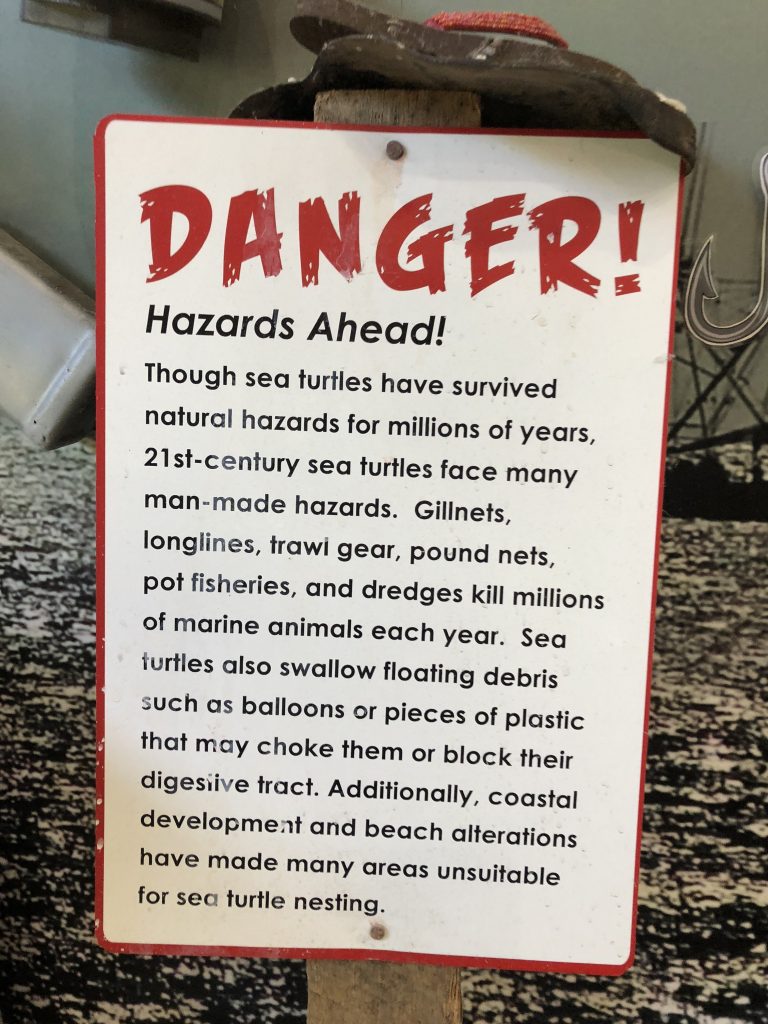
Knowing how what we do EVERYDAY impacts everything else around us, makes us think hard about the choices we make. Here we see how our human behaviors impact nature.
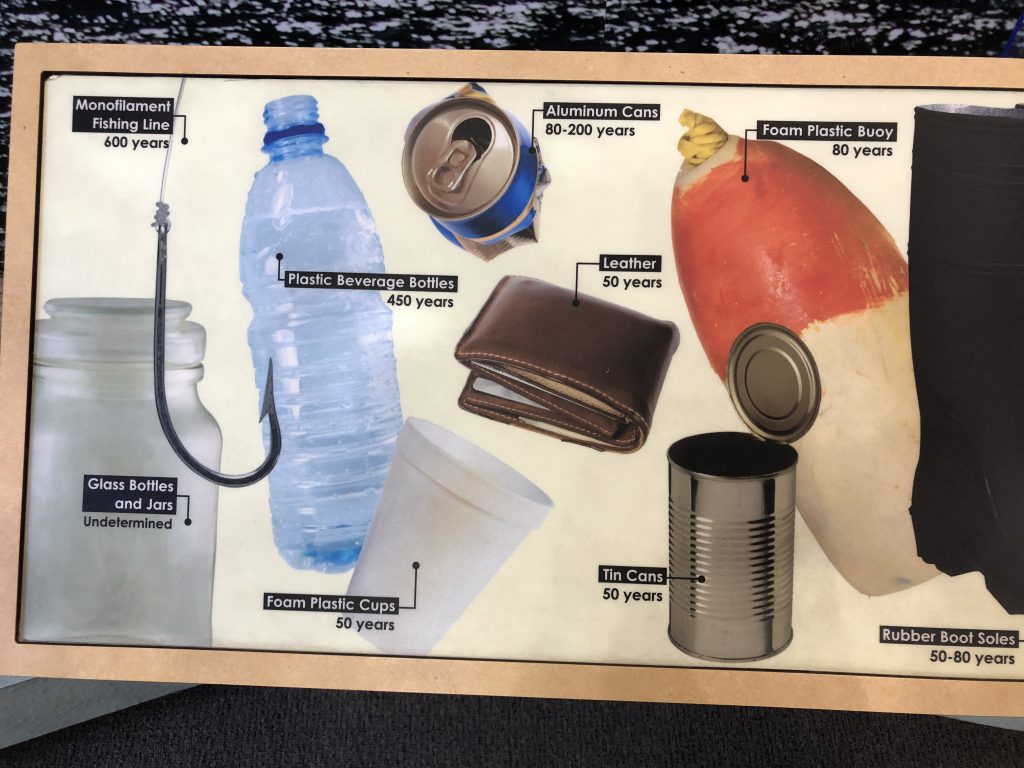
Sea Turtles end up at the conservation center for various reasons, but most of them can be rehabilitated and returned to the wild.
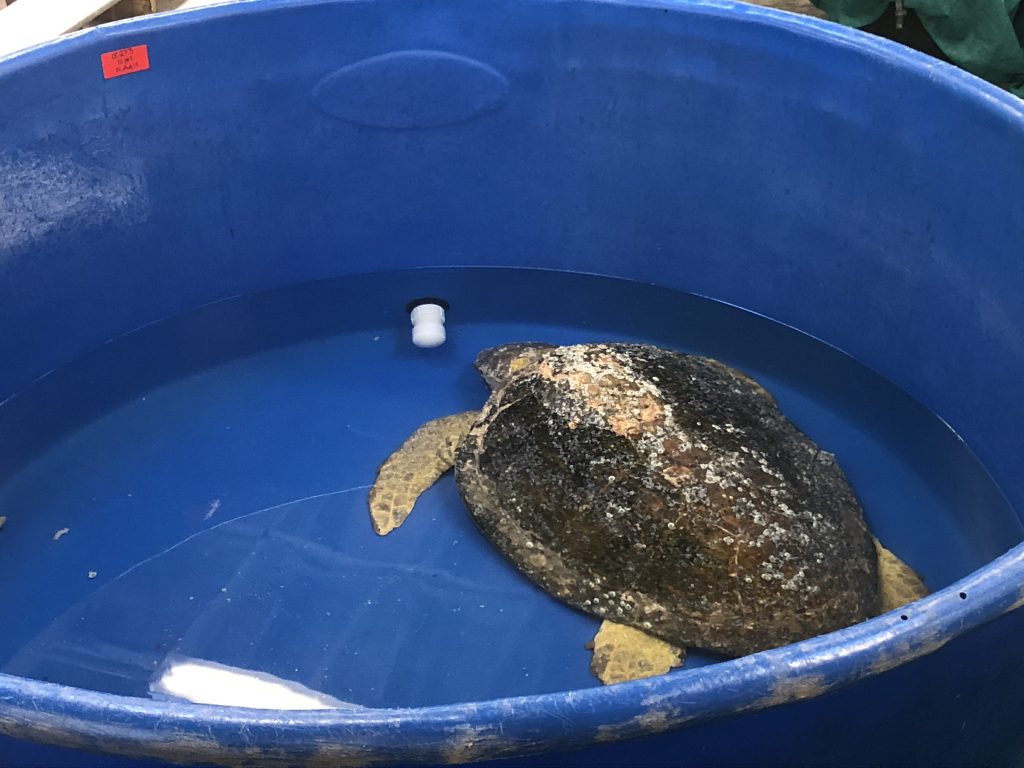
When a sea turtle gets caught up in a boat motor, the shell can have breakage. Doctors make a paste and perform a procedure that allows the shell to be “glued” back together again. Here we see one as it is healing. This TORTOISE (land turtle) is healing quite nicely.
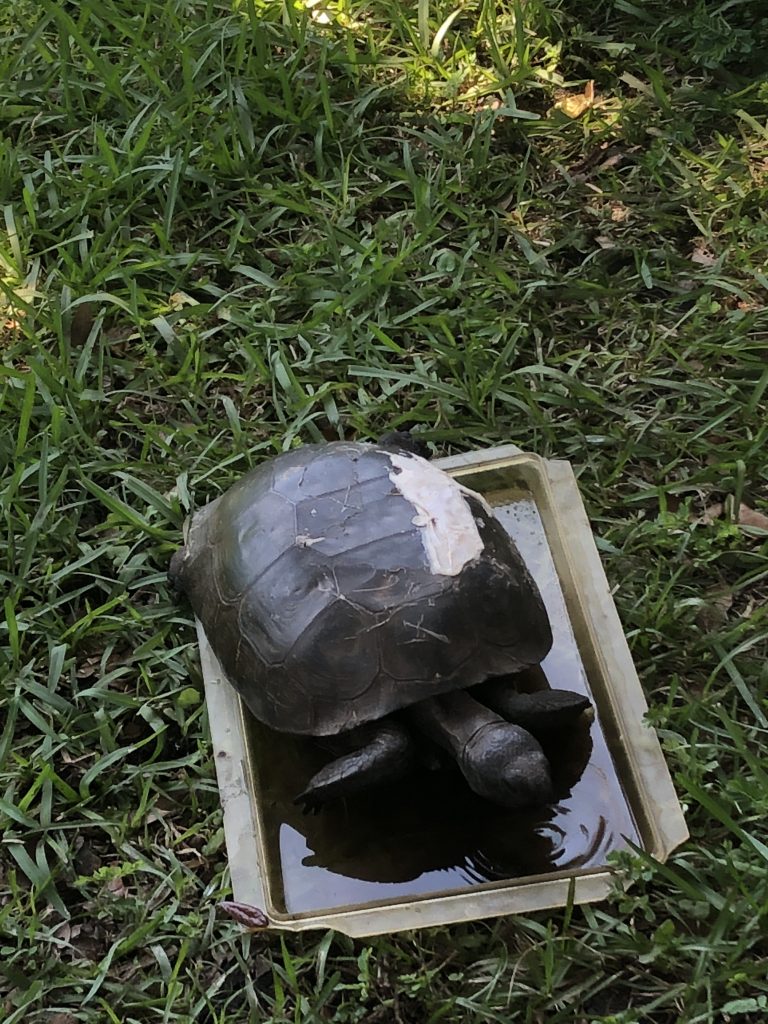
So, what DOES cause issues for wildlife at Jeckyl Island? Check out about Marine Pollution:
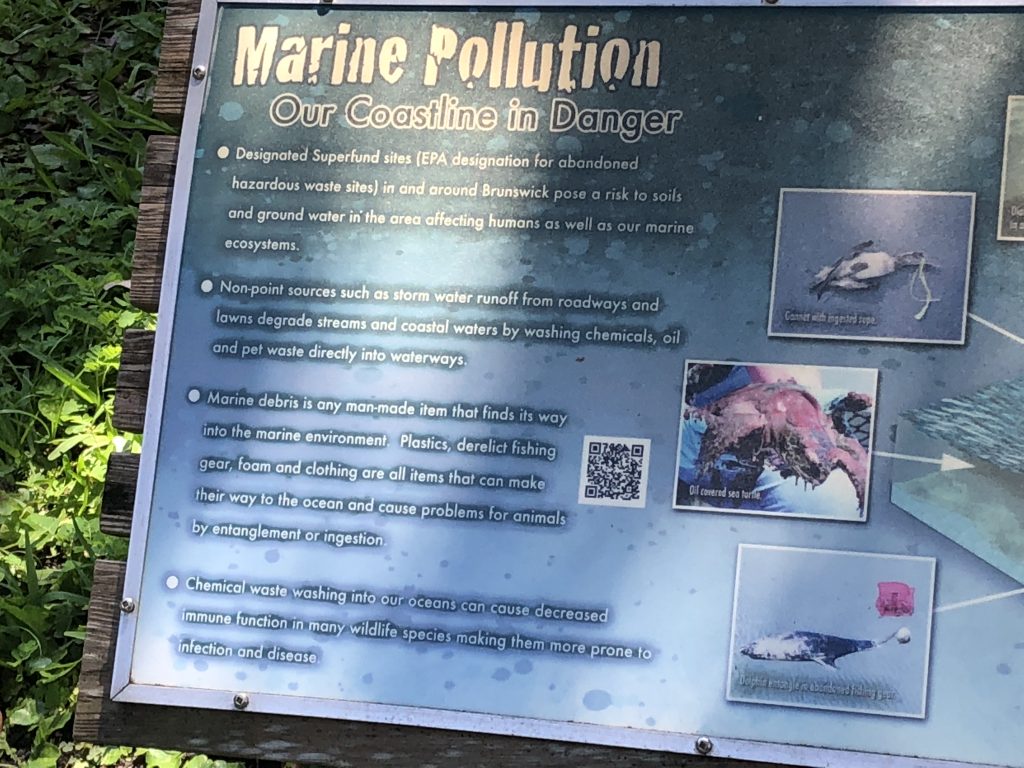
Our Director, Ms. Carton, got a chance to attend conservation centers several live and share back with us, or connect live during the adventure. Here is a rescue operation she took us on:
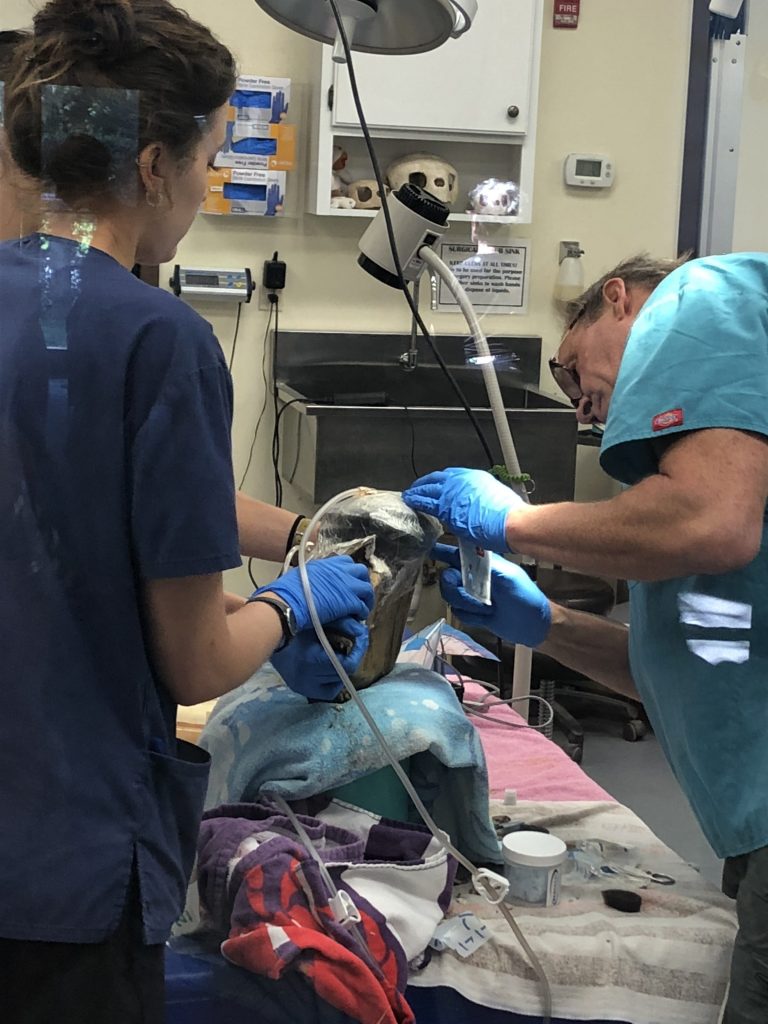
Because only 1 in 1,000 babies make it to adulthood, it’s hard to be a baby turtle, but rescue operations, like this one for baby Terrapins, allow for a much larger survival rate.
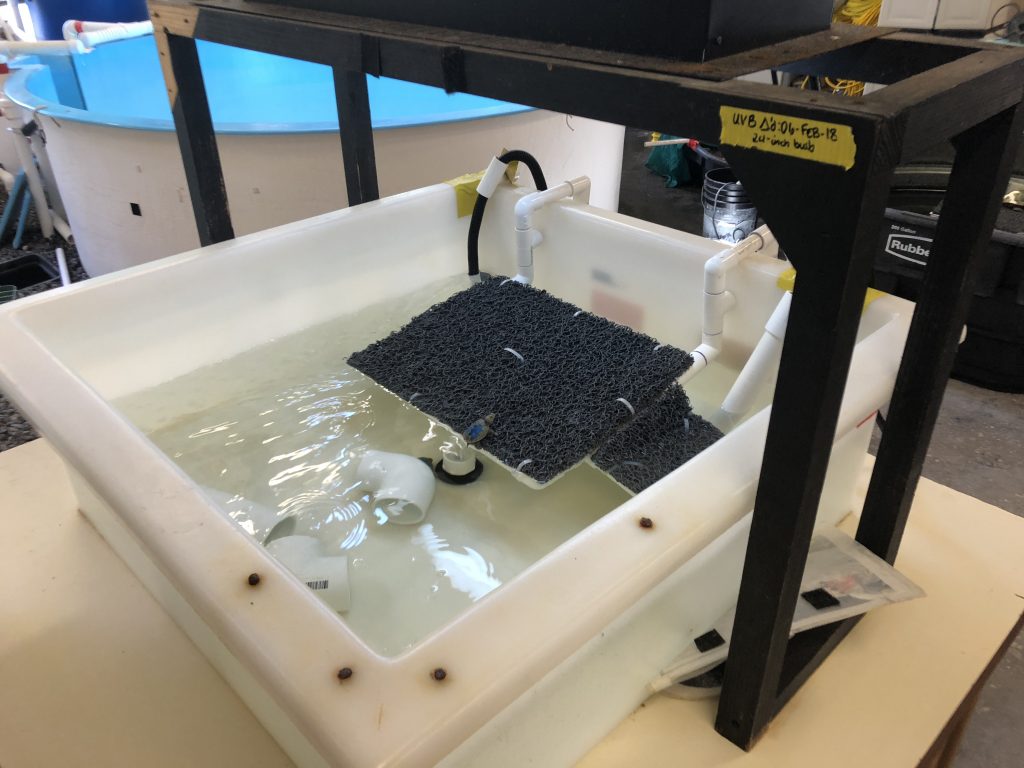
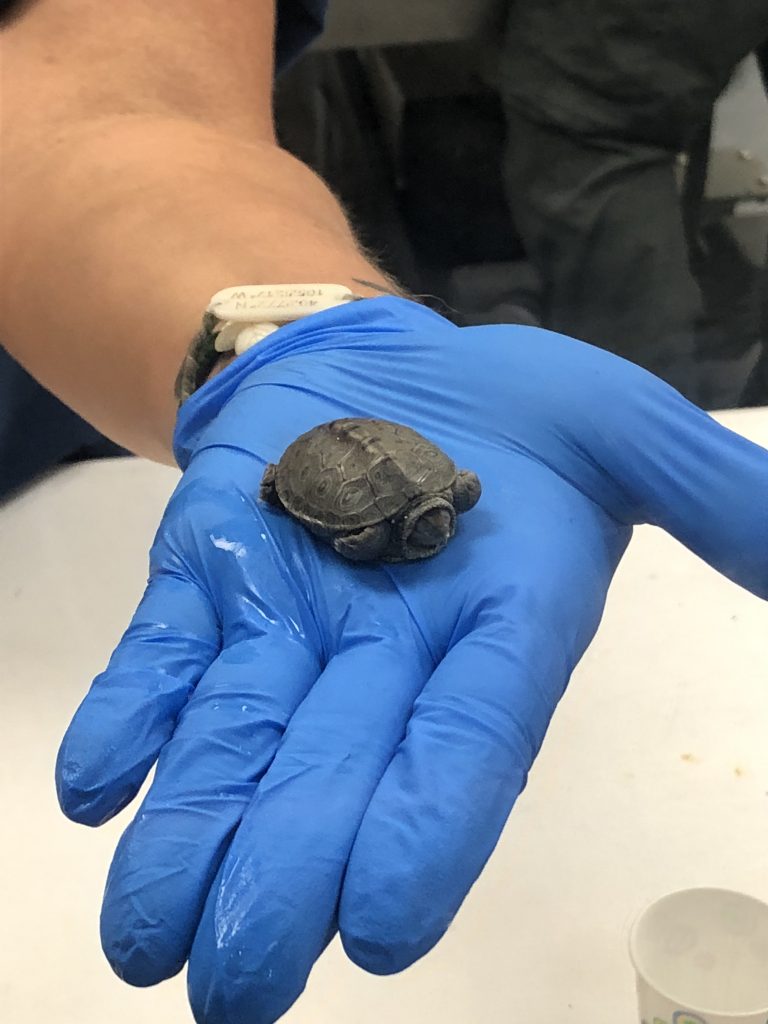
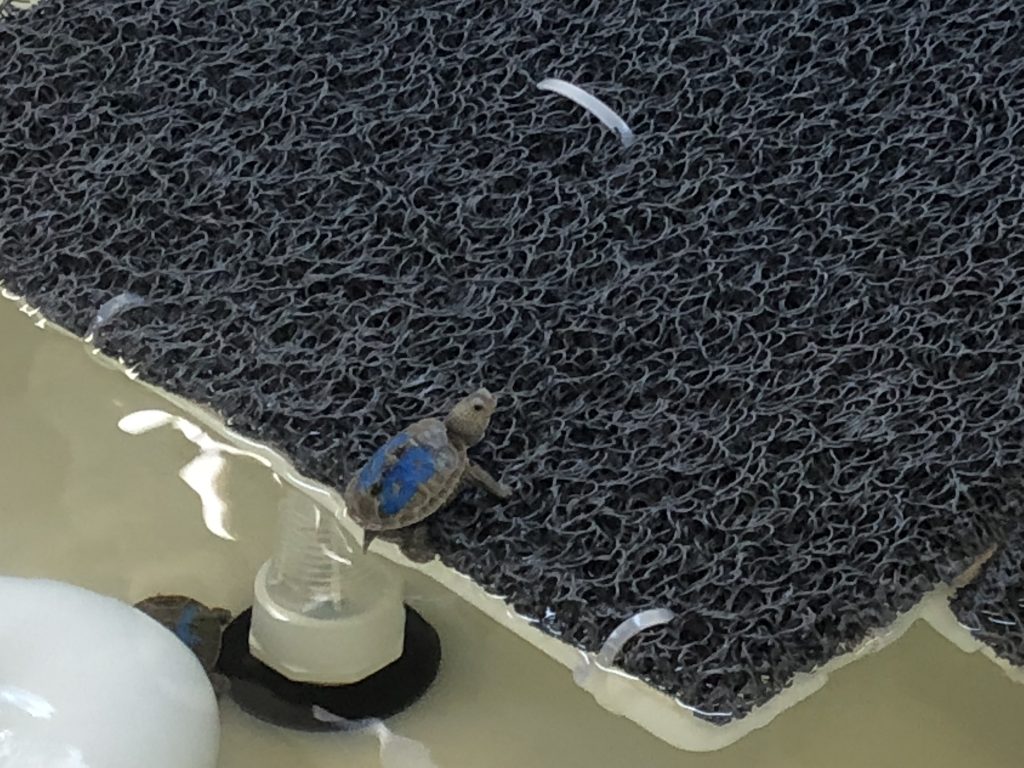
Embrace every learning opportunity to know more about the world around you, as this will help you appreciate and understand all the creatures and people that live within.
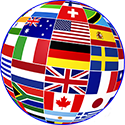
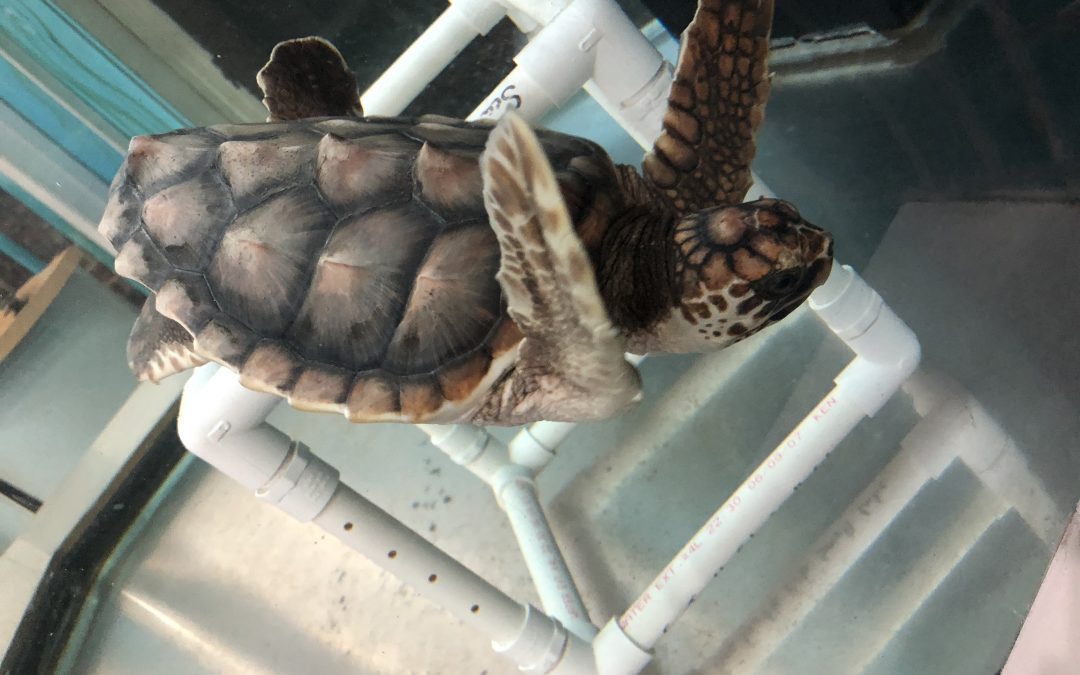
I really liked the beginning of this blog because it talks about us “feeling connected” to challenges in the world, outside of our ‘home’. Being in AK, we often feel disconnected, not just because we are in the literal sense, but also because AK is so vastly different from other regions of the contiguous US. But, we do have some similar traits to other regions in the world and we also have our own conservation concerns, one important and large one being salmon. There are so many aspects regarding conservation and salmon, and each are different, depending on who you speak to in the different parts of AK and their particular perspective about salmon or the area/s around where salmon spawn, live, or are harvested. I think it is extremely important to have conversations about conservation, and animals are a great way to be able to include many age ranges of both children and adults. Now that we have varying types of and access to technology, getting real time information to our youngest learners, as well as stakeholders of our ecological resources, definitely makes a quicker impact on those audiences and hopefully will continue to spur on quicker action and initiatives for conservation efforts worldwide.
On a personal side note, my daughter is extremely passionate about the effects of marine pollution and has begun to encourage her family members and friends about plastics and their damaging effects on marine life.
Only 1 in 1000 survive into adulthood – tough odds?!
Having the opportunity to Skype with conservation centers that help sea turtles seems like an awesome way to make an impact, both on the students and hopefully/eventually on the futures of the sea turtles. This would have been a memorable day in the classroom for me when I was a child!
This amazing conservation activity teaches our youth important lessons on so many levels. It demonstrates the value of life along with using incredible medical technology to repair damage.
First hand learning is the best, but often it is not possible. Through virtual learning you and your kids can experience these resources and adventures. Your students can watch turtles being released back into the wild, or a surgery to fix a turtle shell. Hands on may be best, but this is the next best thing!